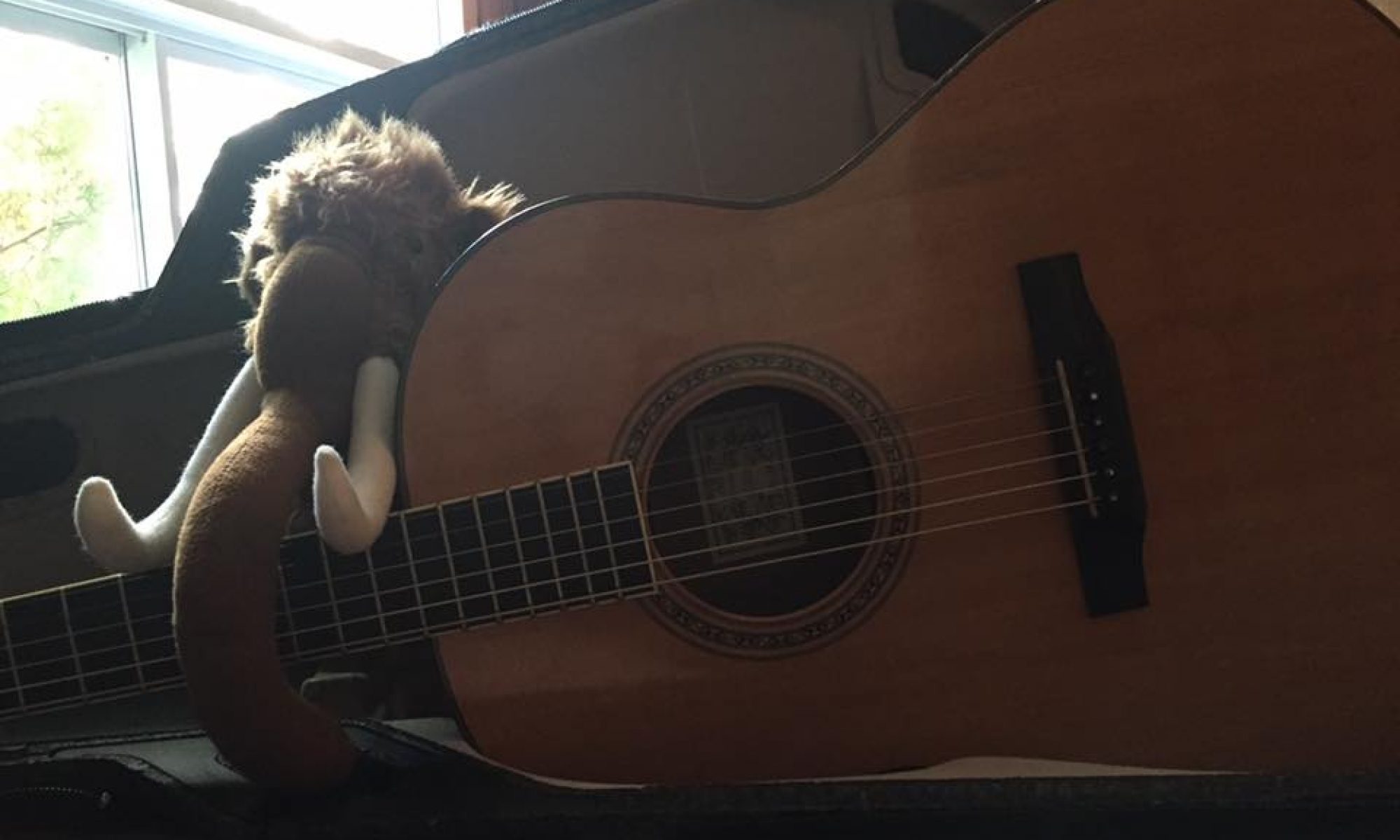… and even though I’m only into Chapter 1 thus far, already I’m finding this thing highly informative.
Some of what he’s going over in the first chapter is familiar to me–basic stuff about how time signatures work, for example. And the difference between a tongued note and a slurred one. I remember these things from my years in band in middle and high school.
What I never had to deal with before, though, was modes. When I started playing again in my adulthood and started hearing about modes of tunes–especially at session, before our Renton session imploded–I had a bit of time trying to bend my brain around what the hell a mode actually is, and what the difference between it and a key is, for a tune. Larsen’s book explains this beautifully and simply. I’d kind of already bent my brain around this a bit, but to have it clearly spelled out is very, very helpful.
(For the curious who may not know–if you know how a basic scale works, do-re-mi-fa-so-la-ti-do, and assuming you’re doing it in a major key, that’s actually what’s called Ionian mode. You can change modes if you take that exact same scale and just start it on a different note! So the key is still the same, but the resulting base note for whatever tune you may be dealing with is NOT.)
Here’s another thing that was incredibly helpful to have spelled out, since I DO come from a background that’s more or less “classical”, even if I only bounced briefly off of that in Symphonic Band and in Wind Ensemble my freshman year (mmmmm Shostakovich’s Fifth Symphony Finale mmmmmmm). To quote Mr. Larsen:
The classical wind player is taught that all notes are to be tongued unless there is an indication in the notated music, such as a slur, to do otherwise. Most Irish players use tonguing and throating intuitively as an expressive device against a general backdrop of slurring.
Speaking as somebody coming out of a more or less classical background, I read that bit and went WHOA. Because he’s right–I was totally taught that I was to clearly articulate every note unless the music said to do otherwise. But here’s the fun thing–when I’ve been playing Irish or Quebec tunes, I’ve totally found myself, by habit, mostly slurring stuff! It was always easier to me, and I never really thought about it.
So yeah, that suddenly made something just click HARD in my brain.
And if this book’s doing that to me in the very first chapter, I can’t wait to get to the more complex stuff–and especially to see if I can learn from this text some of the more complicated tonguing tricks I was never able to learn well in school. One could argue that if I’m in my 40’s, it’s probably too late for me to REALLY pick this stuff up properly… but screw it, I don’t care, it’s the journey that’s fun. Learning how to improve my flute playing AND learning a whole shiny new language exercises my brain! And my fingers!
This is going to be fun, you guys!
